Good day, folks, Shawn here from Air Photography. One question I’ve been asked quite a bit over the past month since the release of the DJI Osmo Pocket 3 is whether one should go with something like the Action 4 or the Pocket 3. This isn’t going to be a complete feature comparison video. We’re basically going to talk about some key aspects of each camera to help you decide which one is right for you. Although they’re very similar in what they do and how they capture, how they do it, and who they’re geared for are quite different.
To start off, I just want to say that I think an action camera is a good multi-purpose camera for most people. Many still have the notion that it’s only really for high-action sports, but that’s not the case. These cameras are great for capturing action sports, but they’re also great for days at the beach, family vacations, travel and adventure videos, and even for filming for platforms such as YouTube. So, for myself, I would say when it comes to these two cameras, there are two main differences.
Electronic vs Gimbal Stabilization
The first being stabilization and how the camera achieves it. With the DJI Action 4, it uses electronic image stabilization. It has no optical or any type of mechanical stabilization; everything is done with software. For the most part, it does a fantastic job. The only downside to electronic stabilization is that you need fairly good lighting. As soon as you get into lower-lit areas or at night, the stabilization can start to suffer a bit.
Whereas the Pocket 3 uses a mechanical stabilizer, it has a gimbal that offers three-axis stabilization, so no matter the lighting conditions, whether you’re in pitch dark or on an overcast day under a tree canopy, you’re still going to have really good stabilization.

So, the first thing you should consider is what type of content or environments you’re going to be filming in primarily. If you’re a person who’s going to be filming a lot of trade shows indoors where the lighting might not be the best, a mechanical gimbal is going to give you much better results.
The same thing that can be very beneficial in low-light scenarios can be a hindrance at the same time. These mechanical gimbals are not ideal for every situation. For example, if you’re going to be filming an activity with a lot of movement, sometimes these gimbals have a hard time keeping up. On top of that, they can be delicate.
But going back to stabilization, I’m just going to show you some examples. If you’re someone who wants to capture rides on an e-bike, a mountain bike, or perhaps even a motorcycle, of course, you can mount the Pocket 3 on a mountain bike or a handlebar using the accessory DJI sells for it. It gives you a GoPro finger mount. The problem is it just doesn’t deal with extreme vibrations or a lot of extreme movements. If you look at this footage captured on the Pocket 3 on my e-bike, on some gravel, there are some vibrations and bumps in the road. You can see that the camera’s having a hard time; it’s very blurry due to the extreme movement and bouncing around of the camera and the gimbal.
But if you look at footage from the Action 4, it gives you really nice, smooth footage even with extreme bouncing and vibrations. Even when we put this on a long extension pole, which adds to the balancing and vibrations, you still have a nice, crisp, clear, stable image. So, in that situation, something like the Action 4 is a much better choice than the Pocket 3.
Stabilization in low-light scenarios
Now, in comparison, if we look at some footage shot in low-light scenarios, you can see we have the Pocket 3 and the Action 4 mounted side by side. The Action 4 performs not too badly in low light, but nowhere near as good as the Pocket 3, and that’s due to its 1-inch sensor. It has a bigger sensor than the Action 4; the Action 4 has a 1 over 1.3-inch sensor, whereas the Pocket 3 has a 1-inch sensor. You factor that with the mechanical gimbal, it’s not relying on a lot of light to ensure the stabilization is nice and smooth, you’re just going to get much better results.

So, those are definitely some things to consider when choosing which camera is right for you. Another thing to consider is durability. Like I said, the Pocket 3 can be a little fragile in some scenarios, whereas something like an action camera can take quite a bit of abuse and still keep on running. I have dropped this thing I don’t know how many times. I’ve got a lot of nicks around the lens, some scratches on the back screen, but the camera still works perfectly fine. So, if you’re going to be using a camera in a way that it could potentially take a bit of abuse, you definitely want to go with something like an action camera.

Waterproof?
Now, another thing to consider is that the Action 4 is completely waterproof, so you can take it right into the water as is, without any additional housing. You can get some nice underwater footage if you’re at the beach or near a pool. You don’t have to worry about it if it gets splashed with water, and you can get some really interesting footage that way. Whereas the Pocket 3 is not waterproof. You cannot go into the water with it. With past versions, there was some underwater housing you could purchase, but it didn’t function all that well, limited the gimbal movement, and just made the camera really big and bulky.
So, if you’re going to be filming a lot at a beach, around a pool, going on beach vacations, wanting to do some scuba diving or snorkeling, an Action 4 is probably your better choice. Now, if that’s not the case, if you’re just a person who’s looking for a camera for filming your family vacations, maybe some travel vlogging, then the Pocket 3 is a great choice, especially if you’re going to be filming for multiple platforms. With the Pocket 3, you can easily switch over into vertical mode, and you still have a nice big screen for previewing. So, if you’re going to be uploading to places like TikTok, Instagram Reels, or YouTube Shorts, it’s just a great camera for capturing for social media.
Of course, you can film in vertical mode with your Action 4, but it does require you moving the camera, actually physically rotating it, which is very simple to do with the DJI magnetic mounting system, but you do have that extra step. So, if you’re a person who’s going to be filming back and forth between portrait and landscape a lot, you know, it can become a tedious process. On top of that, you always have to make sure you have the frame with you, because that’s really the only way to mount it vertically. So that’s just some extra bulk that you need with the camera.
Vertical shooting
Both cameras are capable of filming in vertical; the Pocket 3 just makes it a bit easier. Now, the other benefit of the Pocket 3 is that it’s an all-in-one filming solution. You can buy their Creator Combo, which comes with a wireless microphone. You don’t have to purchase anything else; it’s completely ready to go for creating for social media. You can have good audio if you’re going to be doing some vlogging. You just power it on, and it all just works flawlessly. Whereas with the Action 4, if you do want to have really good audio, you will need to purchase a separate microphone. DJI does sell a really nice wireless microphone set that plugs directly into the side, but with it, you have to take the door off, and you’re going to have a big receiver stuck to the side.
Most recently, we did get a Firmware Update that makes the Transmitter 2, their new transmitter, connect via Bluetooth directly to the Action 4. Unfortunately, it’s not available for sale yet at the time of filming this video, but it will most likely be available soon. But that is something to keep in mind. So, in that aspect, if you’re just looking for an all-in-one, ready-to-go solution, the Pocket 3 is a great choice.

ActiveTrack on the Pocket 3
Another reason you may want to choose the Pocket 3 is due to its active tracking. You can set this up with the included tripod and have the camera follow you around. That can be a very valuable tool for solo creators, especially if you’re going to be filming for YouTube. Say you’re in a garage, doing a demonstration, moving around, the gimbal will keep you centered in the frame. Or perhaps you’re going to be opening a cooking channel, and you have the camera set up in the kitchen, moving around from the counter to the stove. Again, the camera can follow you around effortlessly. So, in those aspects, the active tracking can be a very valuable tool for some creators.
Portability
Now, both cameras are extremely small and portable, so in that aspect, they’re both great choices for portability and ease of packing. Now, if you’re looking to capture point-of-view shots, definitely the Action 4 is the best camera for that. DJI sells a wide variety of accessories to allow you to capture different types of shots, including point-of-view shots with a chest strap. They even have a neck mount for it. There are different types of magnetic mounts that you can just mount this anywhere easily, and sometimes those point-of-view shots can be very engaging for your audience.
Of course, like I said, you can mount the Pocket 3 quite easily with the accessory that DJI sells, but again, you have to be careful of that gimbal. If you’re going to be mounting this on a backpack, sometimes when you’re moving around, you don’t know which way the camera is facing. Sometimes it might be angled up a little too high or low. Whereas with an action camera, you always know which direction it’s facing. On top of that, you can get a much wider field of view. So, if field of view is important to you, capturing very immersive content, definitely the Action 4 is a better choice.
The Pocket 3 Creator Combo does have a wide-angle lens available, but it still doesn’t get as wide a field of view as the Action 4 is capable of. Now with that said, there’s not as much distortion with the Pocket 3. So, if distortion is a big thing for you, and you don’t want any distortion in your videos, although the Action 4 does have its dewarp mode, which gets rid of most distortion, you’re going to have a much more distortion-free video with the Pocket 3.
So, in my opinion, those are just some basic things you should consider when deciding which camera is right for you. They both have their strengths and weaknesses. At the end of the day, they’re both fantastic cameras. Ideally, if you can afford both, they can really complement one another in a camera kit. But if you’re only going to be picking one up, you just have to decide which features are more important to the type of filming you’re going to be doing.
Myself, if I had to choose one that I always had with me, it would definitely be the Action 4. I think it’s just a nice, versatile, durable camera, great at capturing all different styles of content. In fact, when it comes to vlogging, I prefer to vlog on an action camera over the Pocket 3.
The Pocket 3 does a great job for vlogging, but I just like the look of an action camera, and I find it a lot easier just to frame my shot. Sometimes I find with the Pocket 3, it’s just not wide enough. You have to put it on an extension pole, but even when you attach it to an extension pole, it’s kind of at a weird angle. So, my preference for vlogging is the Action 4.
Well, folks, that’s basically it. Hopefully, you enjoyed this video and got some value out of it. Give it a thumbs up if you did; it’s always greatly appreciated. Thanks a lot for watching, and we’ll see you in the next one.




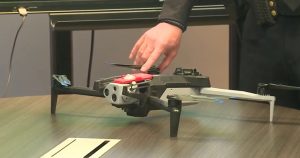
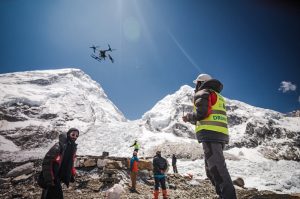
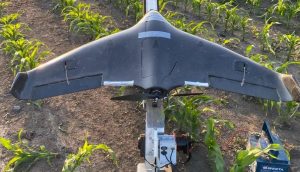
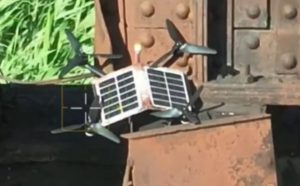
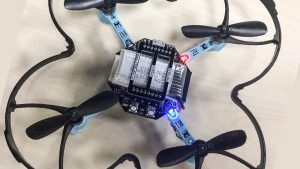
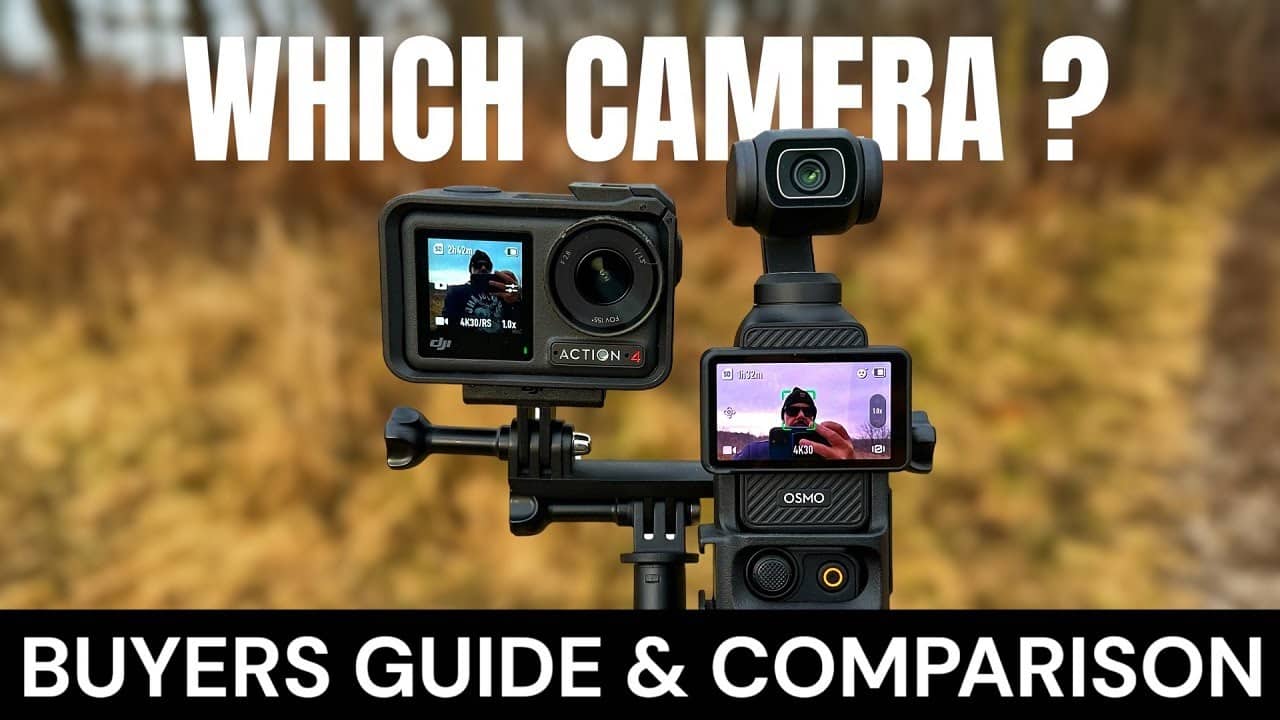

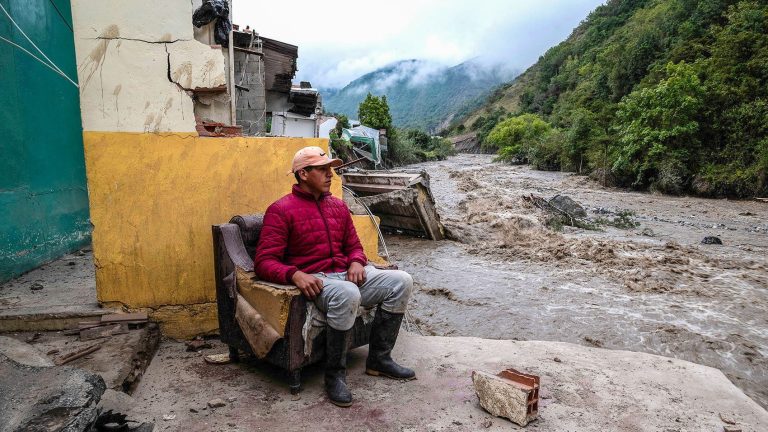

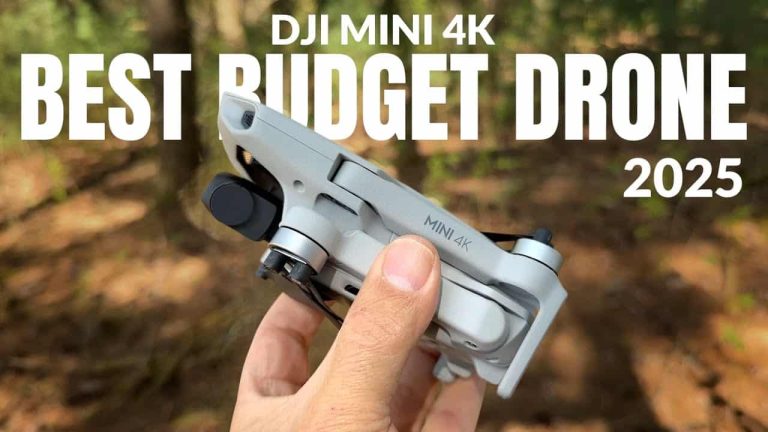
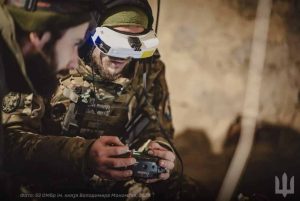
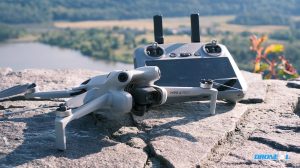

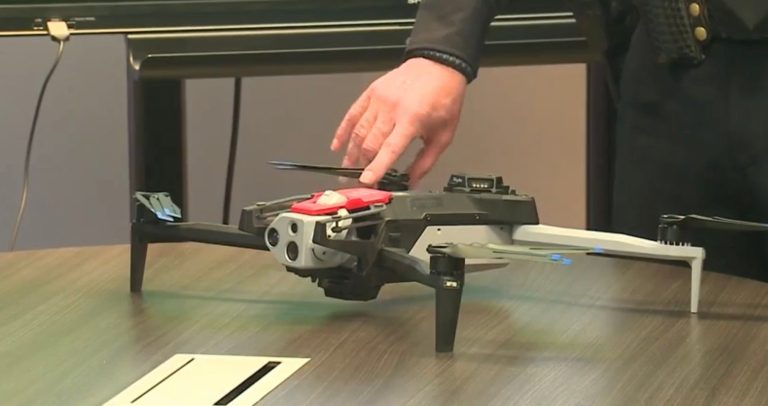
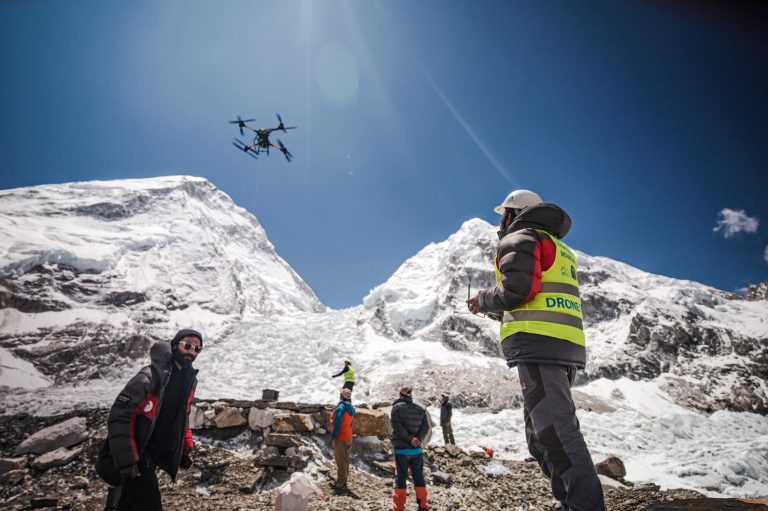
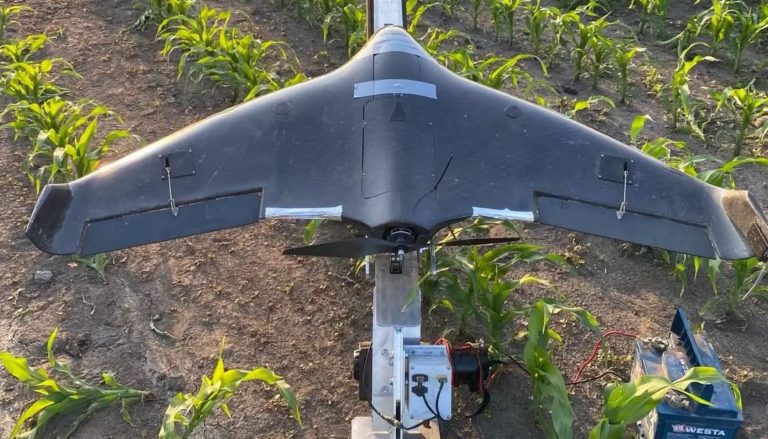
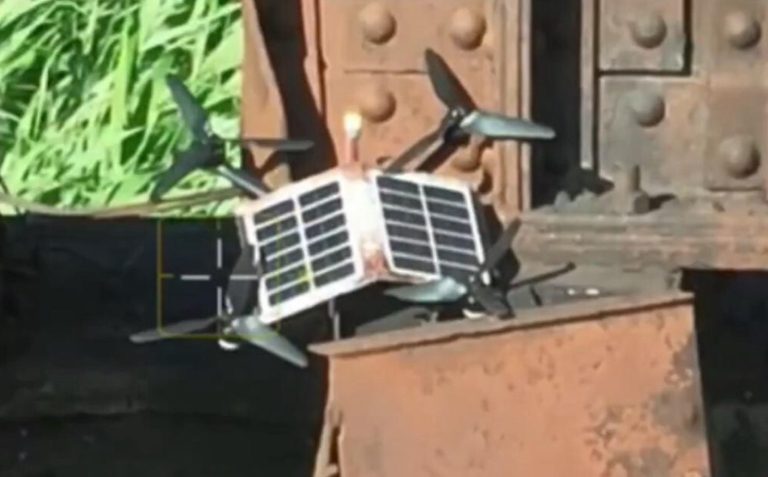
+ There are no comments
Add yours